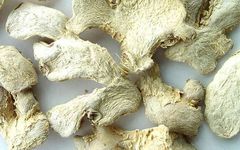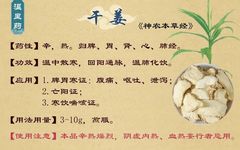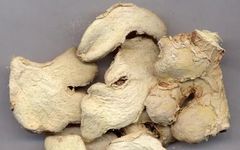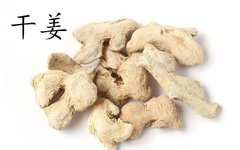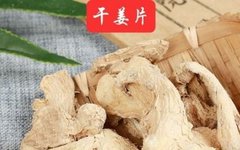The Distinct Functions of Fresh Ginger and Dried Ginger in Traditional Chinese Medicine
Introduction: The saying “Fresh ginger disperses while dried ginger can both disperse and retain” summarizes the contrasting properties of ginger in terms of its dispersing (走) and retaining (守) effects. Ginger is one of the essential spices in the kitchen and is also recorded in ancient TCM texts as a medicinal food (药食同源品). However, the … Read more




